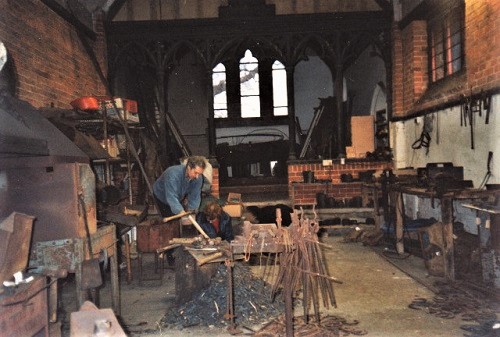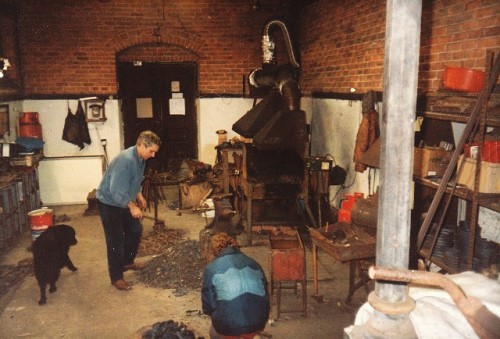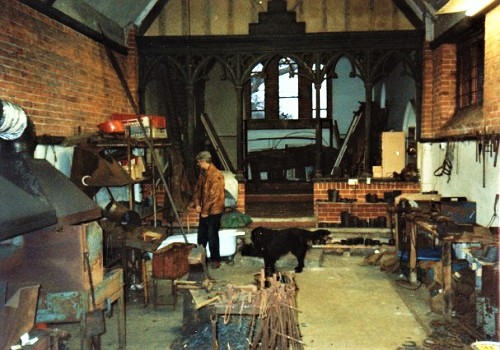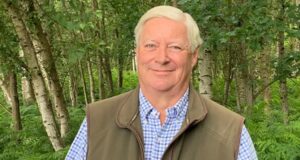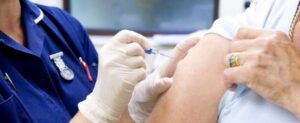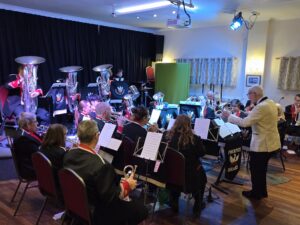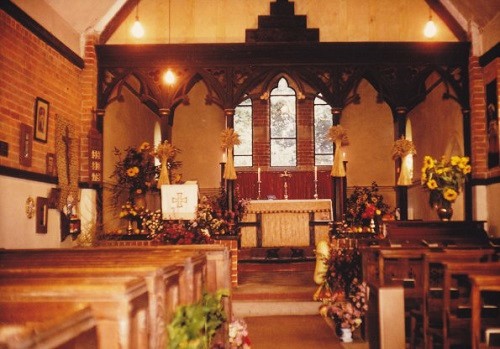
A licence to build a domestic chapel at Upper Lambourn was granted in 1240 to Henry de Bath. The advowson belonged to the lords of Upper Lambourn, and came to the Crown with that manor. An advowson is the right in English law of a patron to present to the diocesan bishop a nominee for appointment to a vacant ecclesiastical benefice. In medieval England, an advowson was regarded as property, and could be bought and sold, as well as bequeathed. Canon Law, however, by the 12th century, decreed that the right to present belonged to the saint the church was dedicated to and that only church courts could rule on cases involving advowsons
In 1503 the King granted the advowson to the Abbot of St. Peter’s, Westminster. It was transferred to the dean and chapter in 1542 and was surrendered to the Crown two years later. In February 1586-7 Elizabeth granted the chapel, then in ruins, to Edward Wymarke.
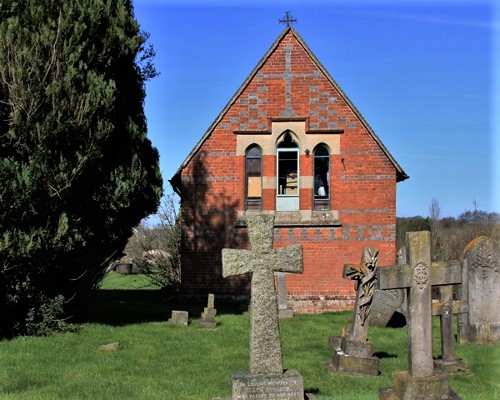
The church of St. Luke’s which we now see was built at Upper Lambourn in 1868. Rev Henry Barter instituted July 15th 1862 was successful in raising funds necessary to complete the purchase of the Organ at St Michael’s and he built the Church of St Luke’s which was consecrated in 1868 by Bishop Samuel Wilberforce of Oxford.
Samuel Wilberforce was a bishop in the Church of England, and the third son of William Wilberforce. Samuel Wilberforce was one of the greatest public speakers of his day. One year after consecrating St Luke’s Wilberforce was translated by Gladstone to the bishopric of Winchester.

The old graveyard is still tended and the grass mown.
After 100 years of use as a church St.Luke’s is now converted to a Smithy and used by a local Farrier
